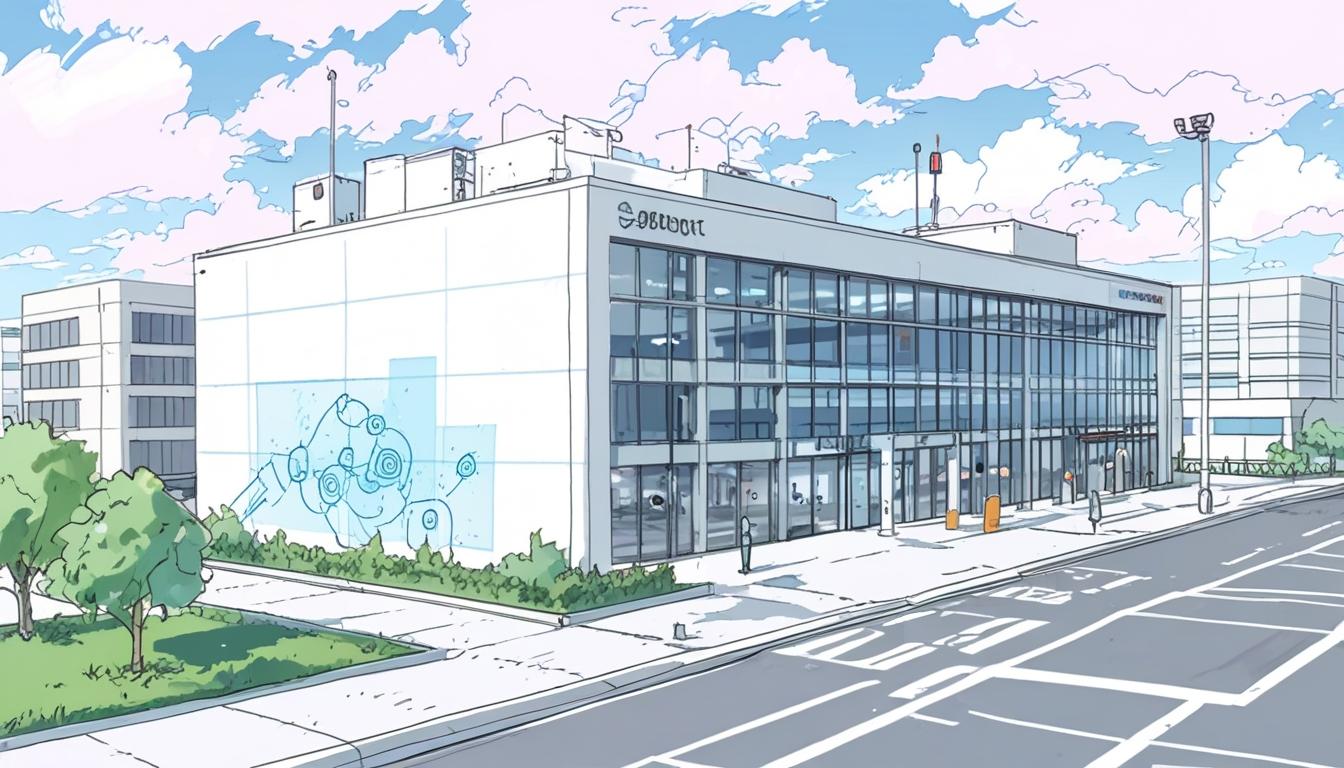In the evolving landscape of facilities management, digital transformation is reshaping how commercial buildings are operated and maintained. Rahul Chillar, Executive Vice President of Software at Siemens Smart Infrastructure Buildings, discusses these advancements in the April 2025 issue of Facility Executive Magazine, highlighting how internet of things (IoT), artificial intelligence (AI), and smart building technologies are revolutionising this sector.
Traditionally, facility management relied heavily on the physical presence of personnel on-site. However, technological progress over the past few decades now allows remote operation and oversight of building systems. This shift has been largely enabled by the integration of sensors into various building functions such as heating, ventilation and air conditioning (HVAC), lighting, water management, fire safety, and security. These sensors collect vital data, which are then transmitted to cloud-based building operations applications, allowing centralised and remote control and monitoring.
Chillar emphasises five key advantages of adopting cloud-based building operation systems:
-
Remote Monitoring: Facility managers can oversee entire building portfolios remotely via preferred devices, receiving real-time alerts via email or SMS about potential system issues. This proactive approach enables rapid troubleshooting to mitigate impact on occupants, without the need for physical presence or complex virtual private network (VPN) setups.
-
Data Analysis: These digital systems log and store extensive data histories, providing interactive charts and analytics tools that help managers identify trends, anomalies, and operational opportunities. Despite the benefits, only 54% of global companies currently consider themselves advanced in data-driven operational management, signalling significant room for adoption.
-
Tenant Comfort: Building owners and managers can measure and maintain tenant satisfaction by monitoring real-time comfort metrics such as temperature and air quality. Automated notifications trigger corrective actions to rectify below-average performances, which helps reduce tenant turnover and associated costs like lost rent and marketing expenses.
-
Work Order Creation and Management: Integration with asset management software enables streamlined creation and tracking of work orders. Automated and manual inputs facilitate prompt responses to system alerts, improving maintenance workflows and operational efficiency.
-
Fault Detection and Diagnosis (FDD): Employing a comprehensive rule library grounded in industry standards for air distribution, heating, and chilled water systems allows early detection of faults. This accelerates corrective interventions, reducing downtime and operational costs.
The implementation of cloud-based building operation systems is positioned as a strategic investment that benefits all stakeholders. Owners and investors benefit from reduced operational costs and enhanced asset value, while tenants enjoy improved comfort and responsiveness. Facility managers gain the flexibility to manage properties from any location, underpinned by secure, encrypted cloud connections that bypass the need for network environment disruptions.
Chillar notes that with projections estimating over 75 billion connected devices by 2025, data collection and analysis capabilities within commercial buildings are becoming increasingly critical. He sees scalable digital platforms as essential tools to digitalise, manage, and optimise building operations, driving sustainability and elevating building performance.
Facility Executive Magazine’s coverage indicates that digital technologies are becoming indispensable in facility management, enabling the transition from manual, on-site operations to agile, data-driven, remote building management. The resulting efficiencies and enhanced tenant experiences mark a significant progression in the smart infrastructure domain.
Source: Noah Wire Services
